A Generation Developing with the Internet Media
Have you seen these GIF images?



They are popular on Chinese social media, used as emoji or memes.
The characters are from The Legend of LUOXIAOHEI, an animation series about a girl picked up a stray cat, and the black cat happened to be a yaojing, which means elf or spirit.
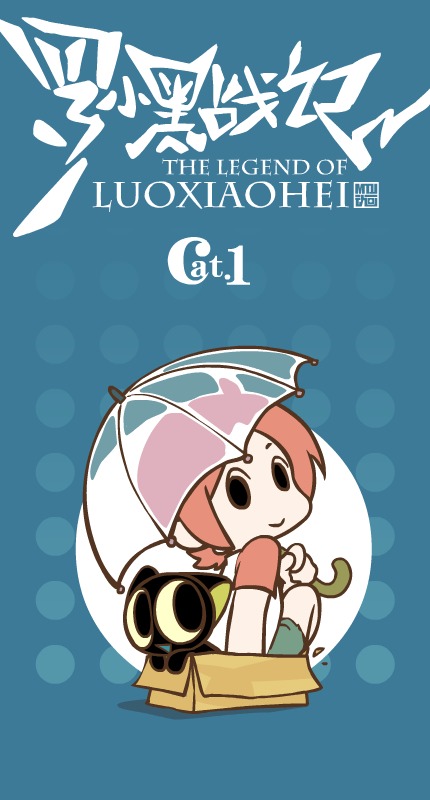
Their creator is MTJJ (Ping Zhang), a Chinese animator and director born in 1984. His Flash animation episode “The Legend of HEI ” (or “The Legend of LUOXIAOHEI ”) was broadcast online in 2011. So far the series have released 40 episodes, a film and a comic strip, and is still being updated.
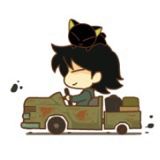
His studio HMCH made up mostly of young animators in their twenties or thirties — a generation growing up with the internet media and fed by ACG culture. The development of The Legend of HEI shows such characteristics.

1 Inspiring
- the establishment of the Internet in China
- the prosperity of Japanese anime
- the emergence of Chinese web animation
By the end of 20th century, some of China’s most influential internet companies were founded; and, the early 21st century saw the prevalence of social networks like BBS and blogs, which happened to be with his school days.
As ACG culture pouring in along with the Internet, the earliest Chinese web animations comes out, produced by animation enthusiasts with FLASH. MTJJ exactly started from an animation enthusiast, posting GIF images on social network. He was also influenced by Japanese anime a lot, you can see all kinds of Easter Eggs in his animation.
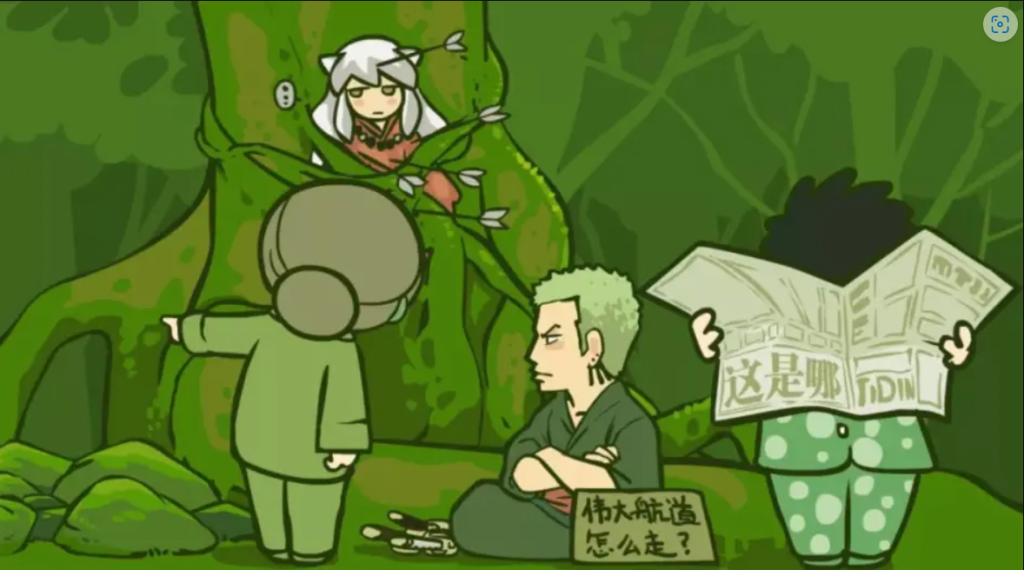
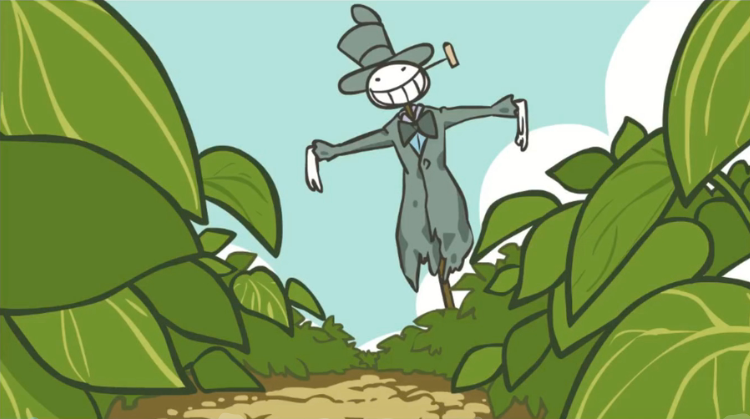
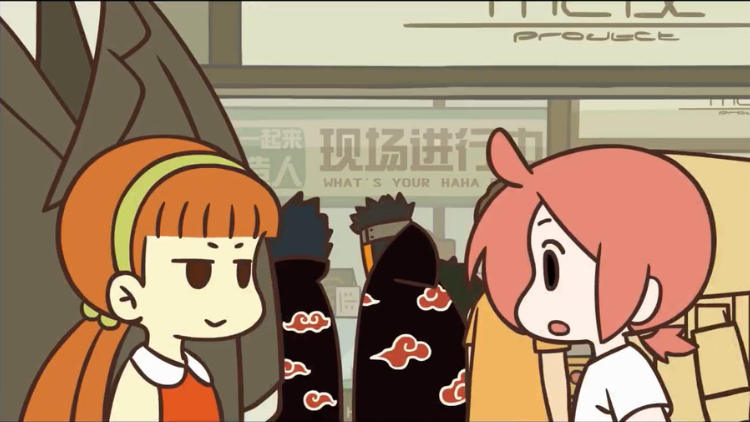
2 Operating
Compared with the seniors, MTJJ was one of the rare independent animators in China at that time.
In 1949-1984, during the planned economy era, Chinese animation industry run a State-owned System. Represented by Shanghai Animation Film Studio, it was funded, supported and conducted by government. So it had concentrated resources, and its works showed artistic quality and national identity.
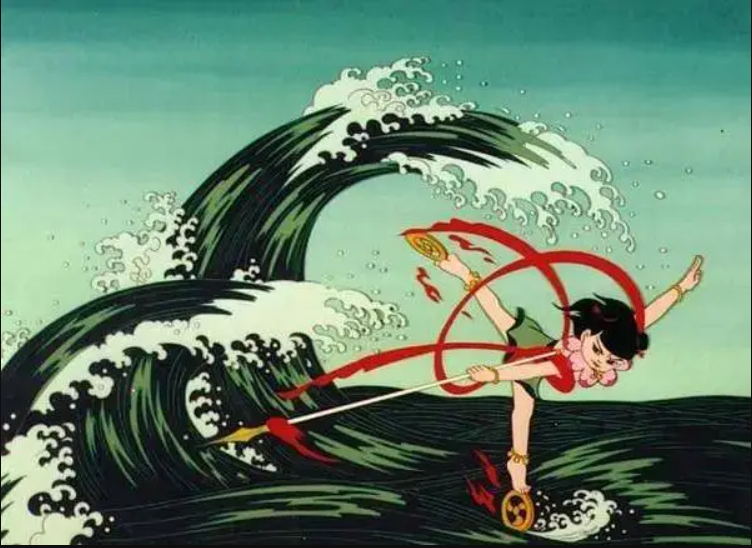
1984 experienced the reform of urban economic system, which was gradually introduced to market economy. Meanwhile, television spread into ordinary families, increasing the need of animation. Then it came the Corporate System. Animations were made by corporations such as Yangshi Animation Co.,Ltd, Sanchen Cartoon Co.,Ltd, Hongmeng Cartoon Co.,Ltd, and sold to TV station. Their main purpose is for massive production. (I guess that’s why Shanghai Animation Film Studio was getting less popular and the quality of works going down — because they lost some of the support from government and had to compete with those big corporations.)
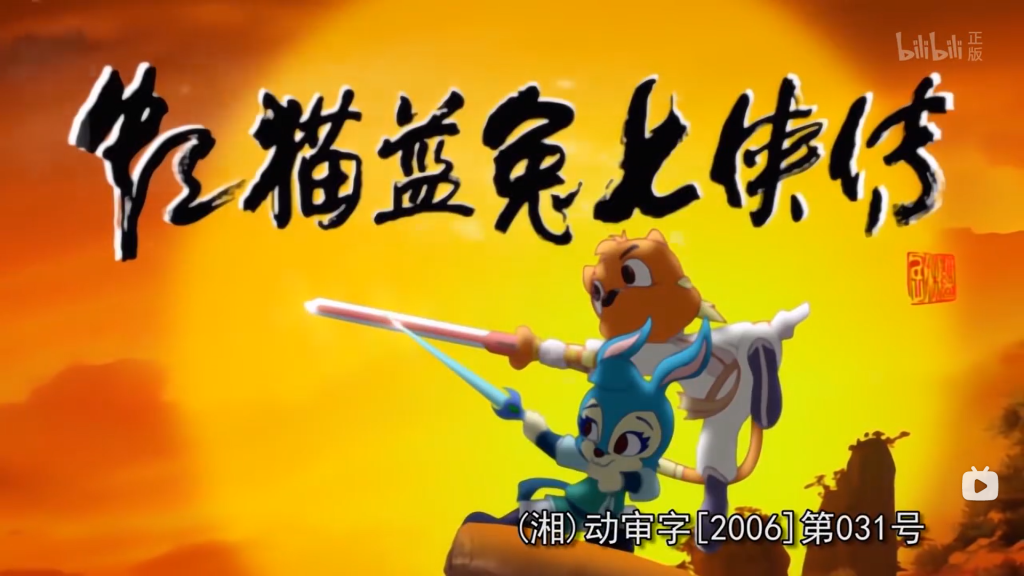
After 2010, some of the personal studios came out. They are neither for state duty nor commercial products. Their animations are often shown online for free, so the production are expected for low cost. There is no detailed division of duties, so one person often does multiple jobs, and that leads to personal style. There are few restrictions on the newly-emerging online media, so the content can be really free.
We use the word ”instant noodles animation” to describe the short film made by such personal studios: you have to wait five minutes to make instant noodles, and in this period of time can finished watching an episode of animation.
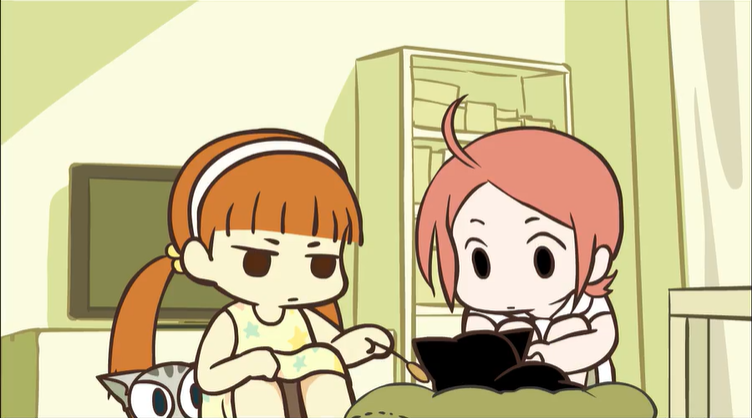
What does MTJJ’s style look like? I would summary it as:
- Character design: simple and cute (easy to draw, save time for the shortage of staff; loved by young audiences)
- Script: daily stories (heart-warming and humorous ones, within the daily life a magic world where yaojing and humans live together emerges)
Sakuga (作画) : stick to 2D animation (high speed movement, amazing fight scenes)
3 Spreading
10 years ago, when the episode was first launched, the fans were using the platforms for hobbyists like blog and tieba, where people share same hobby get together, but hard to attract new blood. But now we have all kinds of social media and video apps. It allows extensive spread from one to many others. Short animation films like The Legend of Luoxiaohei are entertaining and easy to pick up. There’s no surprise that it’s becoming more and more well-known.
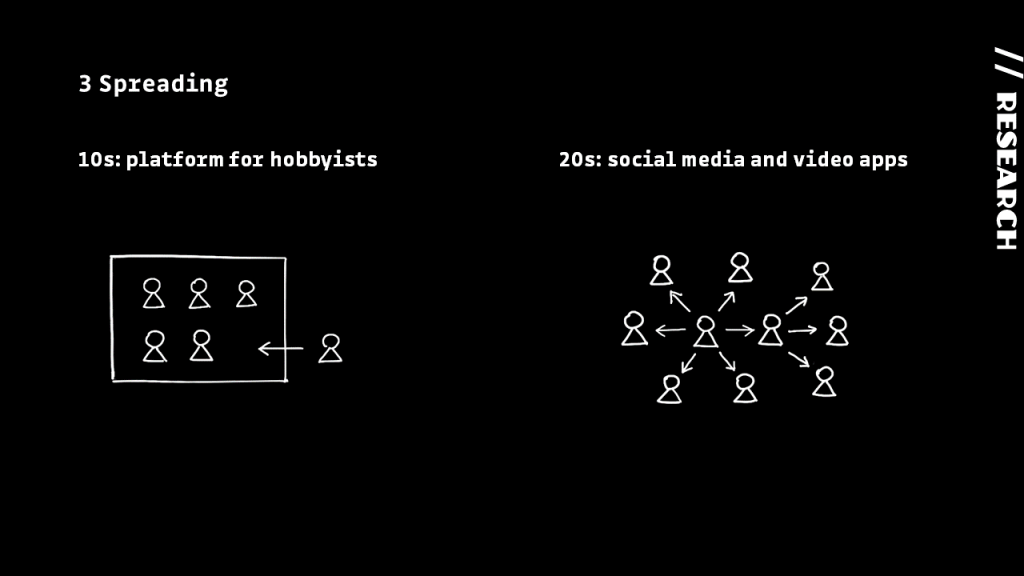
4 Marketing
Despite its big influence, how can the studio earn money? The answer is they have great marketing. Although the animation charges for free, they can sell emojis, commercial licensings, and animation products — all through online media.


5 Access to the world
The Legend of HEI film was released in China in September 2019 and had limited screening in Tokyo. By receiving positive comments on Twitter from Japanese animators, the film become popular in Japan and soon officially shown abroad in November 2020.
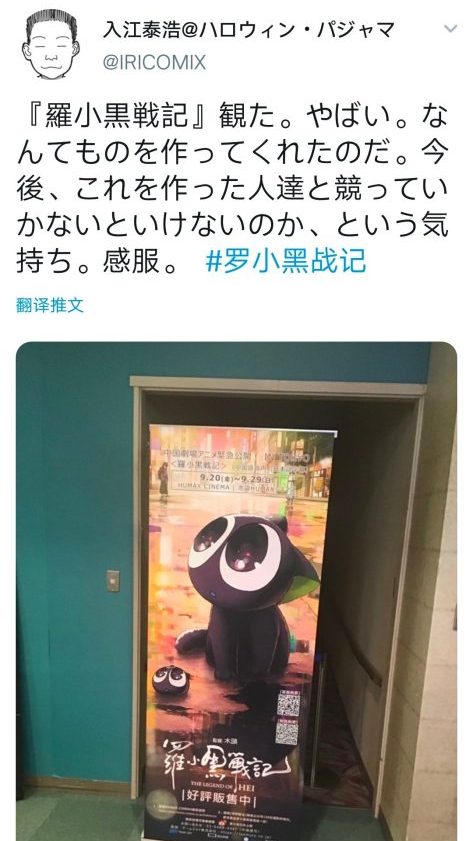
Except for the high qualified animation, the kungfu style fight scenes and the harmonious and symbiotic view of nature based on Chinese culture are also the unique charm of this film.
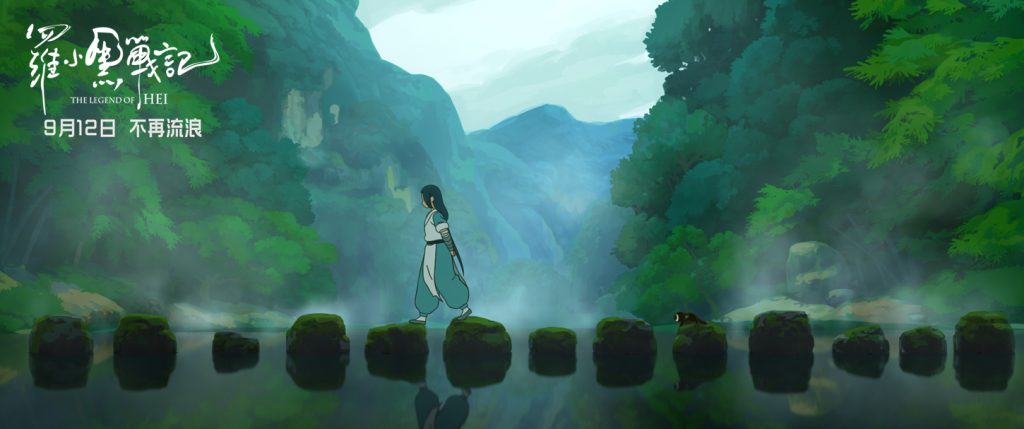
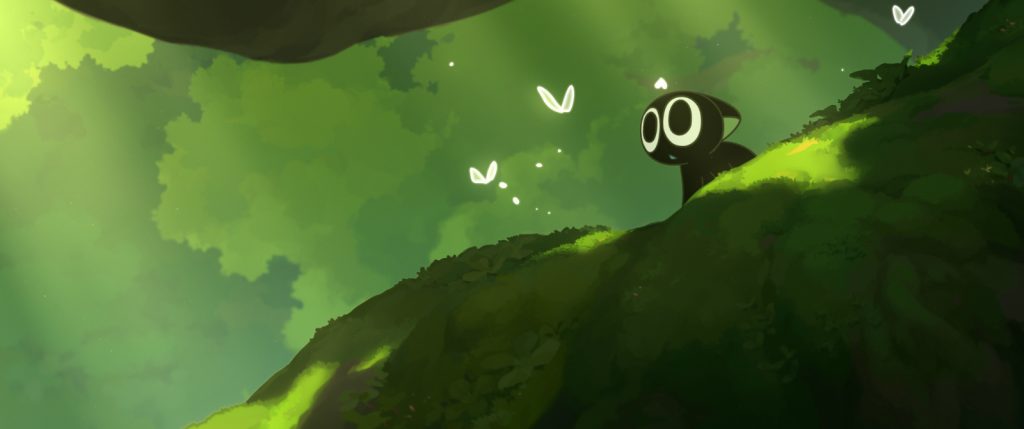
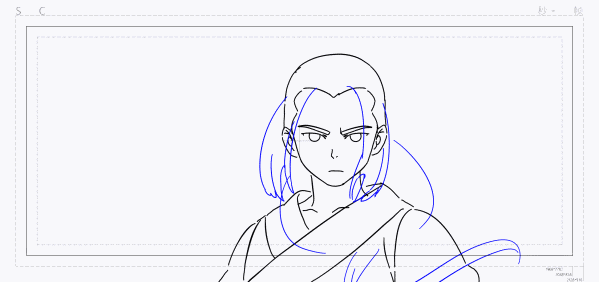
” This ‘media shift’ in animation, on the one hand, is due to the mainstream trend of the Internet — the network media; on the other hand, it is also because the era of film and television as primary media is passing”
Jian Pan.” The Media Shift in Chinese Animation .”
The 21st century witnessed a media shift in animation industry, letting out all those unique works not only the experimental but also commercial. What I want to say is this is all happening naturally because we have grown up in such technological and cultural environment. Creators, products and the environment just shape each other.

Today some Chinese online animations are launched on overseas platforms. It seems like overseas online media is an expecting way for Chinese animation to expand its influence.
